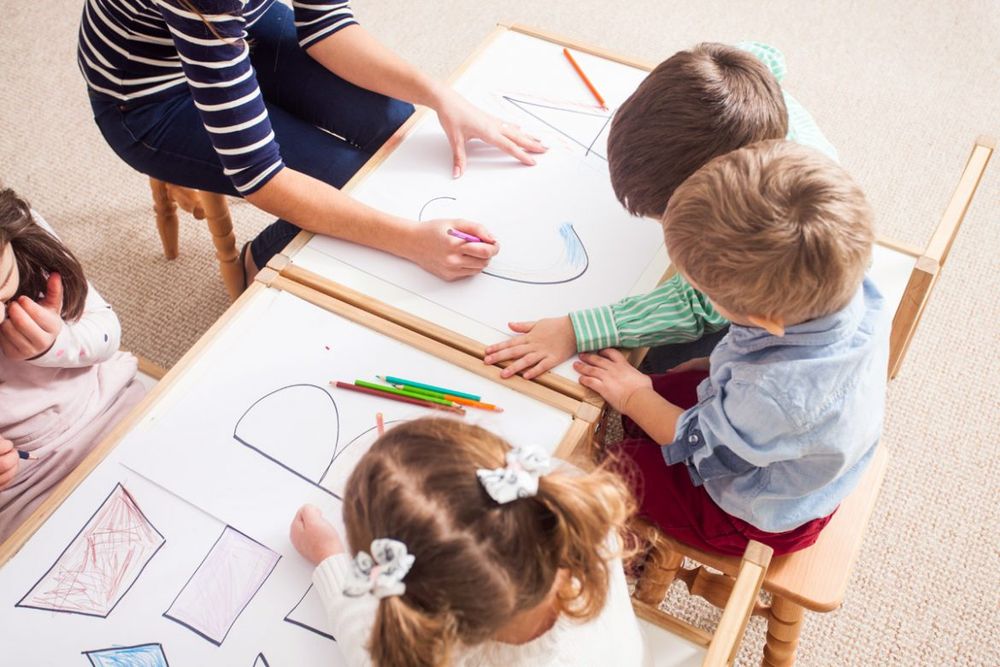What Australia can learn from the Finnish HEI System
Published on Tuesday, 21 May 2019
Last updated on Monday, 30 December 2019

The education systems in Nordic countries have been in the global spotlight for a number of years, with Finland consistently seen as a world leader with its progressive approach to education. Children start school at the age of seven and aren't subject to standardised tests where the focus is on nurturing and child welfare.
As a result, Helsinki International Schools (HEI) was formed to bring the successful Finnish model to other parts of the world. Along with China, South Korea and Finland, Australia is the latest country to embrace this innovative education style, with an HEI school opening in Melbourne recently and a second centre in development.
What is it exactly that makes the HEI approach so unique and effective, and how can we adopt similar systems in our early learning services?
How is HEI impacting the world?
Finland's HEI Schools has just been announced as a finalist in the 2019 Fast Company's World Changing Ideas contest, being the first education provider to develop a turnkey model to bring Finland’s world-renowned education success story to other countries.
The key philosophies, methods and strategies of the HEI system are as follows:
- Strong core values – It's based on the Nordic values of equality, openness and accessibility.
- Growth and development – It promotes comprehensive growth, learning, development and wellbeing of children, while providing a rich foundation for the progress of their emotional development, skills and competence.
- Early childhood focus – There's an initial focus on early childhood education, proving that what learning environment children are exposed to from a young age has a lasting impact on their development.
- Empowerment, not achievement – The goal is not simply to produce children who achieve, but for children to discover themselves in a way that empowers them to direct their own lives, to create original ideas and to help improve the lives of others.
- Latest research – The HEI Schools model has been developed in collaboration with its pedagogical research partner and co-founding institution, the University of Helsinki, enabling them to integrate the latest findings about childhood development and early childhood education and care.
- Easily adopted – The package designed for other centres is easy to implement, culturally neutral and delivers a robust education program and the essential values of childhood nurturance.
- All aspects considered – Practical techniques, foundational principles and attention to the physical learning environment are emphasised, with HEI Schools working closely with local partners in the recruitment and training of personnel as well as in the construction of beautiful learning spaces inspired by Finnish design.
Additionally, the key focus elements for young children in the HEI early childhood system are as follows:
- Long-term play, creativity and imagination.
- Freedom to experiment, move, build and fail.
- Inquiry-based learning as a key method.
- Encouragement to interaction and self-expression.
- Emphasis on arts, crafts, music and sports.
- Culture of compassion: social and emotional skills.
- Daily outdoor activities and nature as part of learning.
What you can apply to your early childhood service
With more countries like Indonesia, Argentina, Kuwait, Bahrain and Saudi Arabia all soon to open HEI Schools, this innovative education movement is growing throughout the world.
If you are keen to start your own HEI School in Australia you can learn more and submit an expression of interest through their website. In the meantime, here are some takeaways from the HEI model that you could apply to your early learning service.
- Your physical setting
Does your centre need an upgrade? HEI Schools are constructed from the child's point of view with strong Finnish design elements. The physical environment plays a big part in how children interact socially, play, learn and develop so it's important to incorporate warm open spaces, outdoor areas and access to fresh air and nature. - Qualified educators
In Finland teachers are highly qualified, significantly impacting on early learning outcomes. Take the time to recruit quality educators who are also nurturing and the right fit for your team. Make it easier for teachers to further their education by supporting them with flexible working arrangements and financial support if possible. - Cooperation, not competition
Working together and supporting one another is a value best introduced at an early age. Educate the children in your care about respecting and including others and take the focus off competition and comparison. Early learning should be about having fun not comparisons, and this applies equally to educators. - Informal and play centric
The Finnish believe early childhood should be stress free and focused on play. As a result, children learn faster and more easily when they enter school, having had time to develop important gross and fine motor skills and social and emotional skills, which are the best foundation for effective education. Therefore, take a play-based approach to your learning programs and allow children to explore, imagine and create.
Latest research
Be sure you're up to date with the latest expert findings and recommendations regarding early childhood development and care. If additional training or systems are required, be sure all staff are across this and work out how to apply new developments into your early learning programs.
Related Articles

Child's play - Three theories you may not know
Three little-known approaches to children's development.

Why risky play is important for young children
Providing safe opportunities for risky play in early childhood settings.

Anji Play - Radical joy in early childhood education
Anji Kindergarten Play Education was developed in China and is game changing in terms of child engagement and educational equity.

